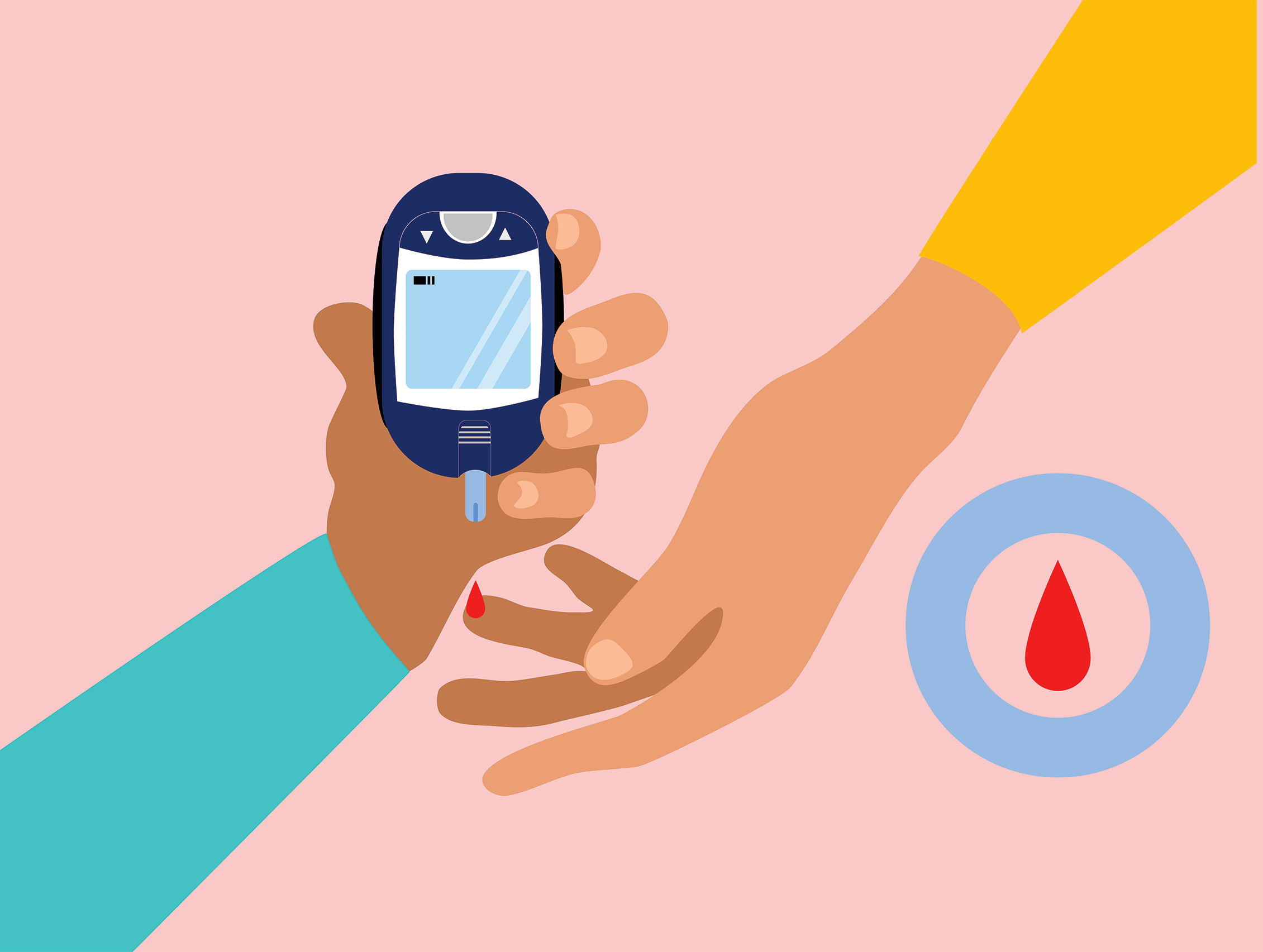Darsazma News Hub
Your go-to source for the latest news and insightful information.
Sweet Success: Conquering Diabetes One Bite at a Time
Discover how to savor life and conquer diabetes with delicious bites! Join the sweet journey to health and happiness today!
Understanding Carbohydrates: The Key to Managing Diabetes
Understanding carbohydrates is essential for managing diabetes, as they directly impact blood sugar levels. Carbohydrates are one of the three main macronutrients and can be categorized into simple and complex forms. Simple carbohydrates, found in foods like sugars and fruits, can cause quick spikes in blood glucose levels, while complex carbohydrates, present in whole grains and legumes, are digested more slowly, leading to a more gradual increase in blood sugar. To effectively manage diabetes, it is crucial to choose healthy carbohydrate sources and monitor portion sizes.
In addition to dietary choices, being aware of the glycemic index (GI) of foods can aid in managing diabetes. The GI measures how quickly a carbohydrate-containing food raises blood sugar. Foods with a low GI value (55 and below) are digested slowly and can assist in maintaining stable blood sugar levels. For those living with diabetes, combining carbohydrate-rich foods with proteins and healthy fats can also help minimize blood sugar spikes. Keeping a balanced approach to carbohydrate intake is key to effective diabetes management.

Top 10 Delicious and Diabetic-Friendly Recipes to Satisfy Your Sweet Tooth
If you have a sweet tooth but are mindful of your blood sugar levels, diabetic-friendly recipes can be both satisfying and delicious. Here, we present the Top 10 Delicious and Diabetic-Friendly Recipes that will not only curb your cravings but also keep your health in check. From savory desserts to fruity treats, these recipes are crafted with low glycemic ingredients and naturally sweet alternatives that everyone will love.
- Chocolate Avocado Mousse: This silky dessert combines ripe avocados with cocoa powder and a touch of sweetener for a creamy delight.
- Berry Chia Seed Pudding: Packed with fiber and antioxidants, this pudding uses chia seeds that expand and create a delightful texture when mixed with almond milk.
- Peanut Butter Cookies: Made with natural peanut butter, these cookies are sugar-free and full of rich flavor.
- Coconut Flour Brownies: Low in carbs and guilt-free, these brownies are made with coconut flour and a sweetener of your choice.
- Almond Joy Energy Bites: Enjoy the taste of your favorite candy bar with these no-bake bites made from almonds, coconut, and a hint of chocolate.
- Greek Yogurt Parfait: Layer Greek yogurt, fresh berries, and a sprinkle of nuts for a creamy, protein-packed treat.
- Apple Cinnamon Oatmeal: Whip up a hearty bowl using steel-cut oats, unsweetened applesauce, and a dash of cinnamon for flavor.
- Frozen Yogurt Bark: Mix yogurt with your favorite fruits and nuts, spread it out, freeze, and break into pieces for a fun snack.
- Mini Pumpkin Muffins: These muffins are made with almond flour and pumpkin puree, making them a moist and flavorful option.
- Dark Chocolate-Dipped Strawberries: Dip fresh strawberries in dark chocolate for a simple yet elegant treat that satisfies your sweet tooth without all the sugar.
How to Read Nutrition Labels: Making Smart Choices for Diabetes Management
Understanding nutrition labels is crucial for individuals managing diabetes, as it empowers them to make informed food choices. Start by examining the serving size, which indicates how much of the product the nutritional information applies to. This is significant because many people unintentionally consume more than the serving size, leading to an unexpected spike in blood sugar levels. Next, pay close attention to the total carbohydrates listed; it's essential to count carbs for effective glucose management. Aim to choose foods with lower total carbohydrates per serving, and be mindful of added sugars, which can significantly affect blood glucose levels.
Another vital component of nutrition labels is the fiber content. Foods high in fiber can help slow down the absorption of sugars, leading to better blood sugar control. Look for products with at least 3 grams of fiber per serving. Additionally, examine the fat content, particularly saturated and trans fats, as these can impact heart health—a major concern for those with diabetes. Finally, always keep the % Daily Value section in mind; it helps determine if the food is high or low in a particular nutrient. Aim for foods that are high in essential nutrients and low in unhealthy fats and added sugars to make optimal dietary choices.